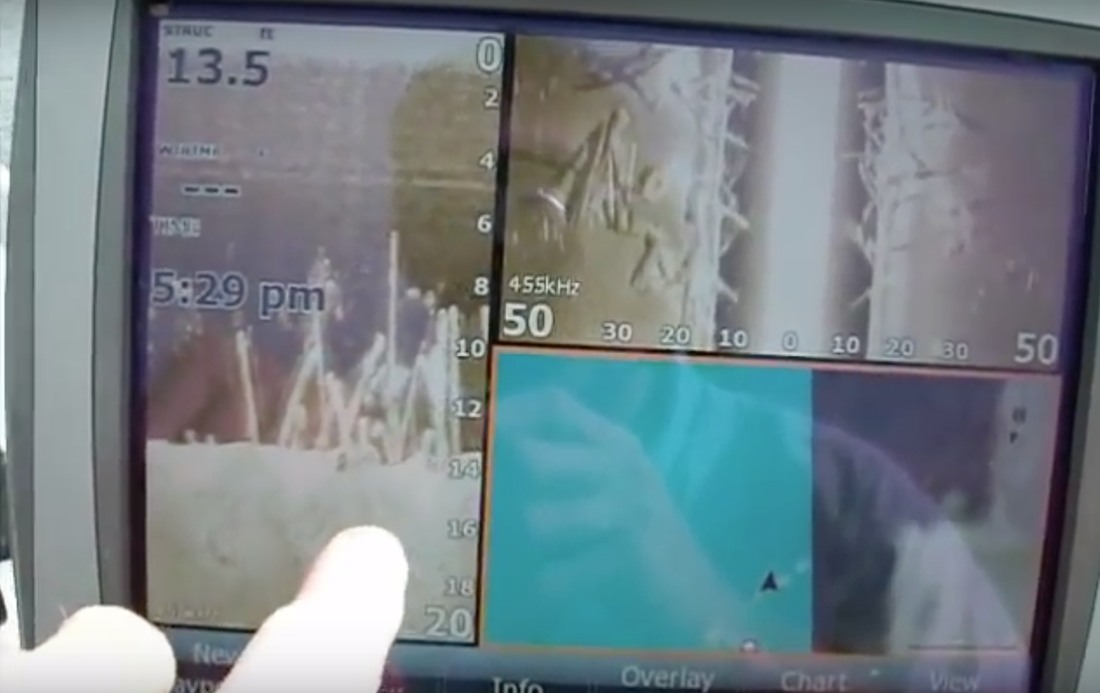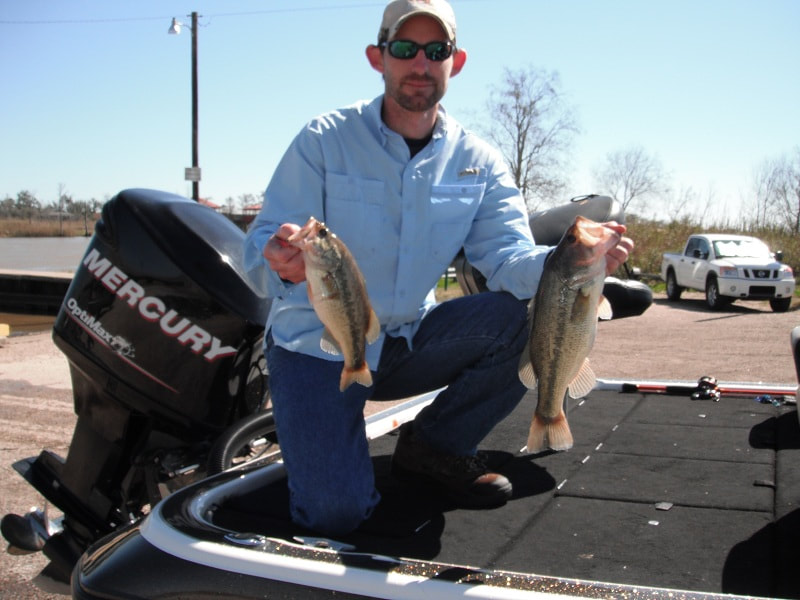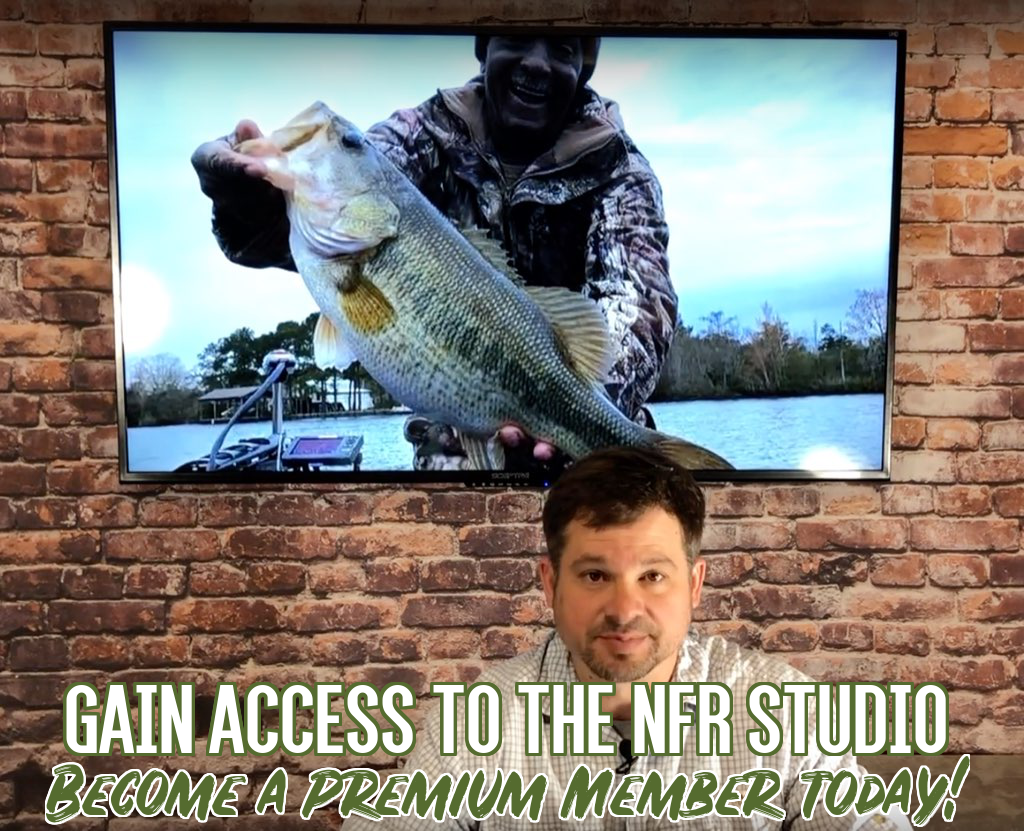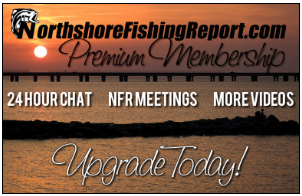 Keith Lusher
Keith Lusher
The cold temperatures that swept the North Shore has taken a toll on anglers psyches. Add to it the masses of fishermen that dawn camouflage outfits and take to dry land for there sport, and you get an invitation to fishing in solitude. Chris Basey has been fishing the rivers and bayous on the North Shore all his life and says, “I like the laid back pace of this time of year. I can take my time and cover long stretches of water without worrying about anyone getting in my way.” Along with the lack of fishing pressure that is associated with fishing during this time of year comes the fact that there are less fish being taken from the local tributaries. Basey says this is the perfect time of the year to get out there and not only catch good numbers of fish, but also to learn how to target fish with your electronics. “With colder temperatures the thermocline that forms in the summer disappears forcing the bass to stay deeper than they do when the weather is warm,” the bass angler out of Mandeville says.
The thermocline is the transition layer between the mixed layer at the surface and the deep water layer on the bottom. Basey says when targeting bass in colder temperatures, it’s all about scanning the river bottoms with your depth finder. “After a large drop in water temperature like we recently seen you will find the majority of the bass on the bottom. It’s tough to see them sometimes because they blend in with the bottom. I suggest setting your sonar to 200 kHz or 'high chirp’ if you have a chirp sonar. This will give you a smaller cone and add more detail so you will be able to separate the fish from the bottom,” says Basey.
Of all the months in calendar, January is one of the most important months to utilize our depth finders. Basey says that when he thinks of wintertime fishing, there is one trip that comes to mind that spurs him on and forces him to fish even though the air temperatures make him want to turn on the television and throw another log on the fire. “I was fishing a Bass Assassins Tournament at Lock One. I was fishing an area that had a deep hole. It was about twice the size of my boat and 18’ deep. The bottom 2’ of my graph was solid fish so I dug in the rod box and pulled my drop-shot rig. I dropped it down and watched it bounce up and down on my screen. I saw a line come out of the pack of fish and I got ready for the strike. I felt a bump, set the hook and landed a large sac-a-lait over 1 lb.” Chris says. Basey caught one after another as he watched each one come out of the pack and strike his worm. “It was so much fun watching those fish on the depth finder! It felt like a video game!” he says.
Trips like this one are not rare for this time of year. Basey says your depth finder is your best friend in cold water. For starters he says it’s important to pick specific areas of the bayou that these fish congregate. “I look for areas of water that have deep water access nearby. Also underwater objects such as stumps, trees, or rocks that fish can hold tight to,” Basey says.
And finally, when you do find the fish Chris says to “record your catch and assign it to the waypoint where you caught the fish. Bass will tend to follow the same migration routes every year. you may be able find them in the same place next year.”






